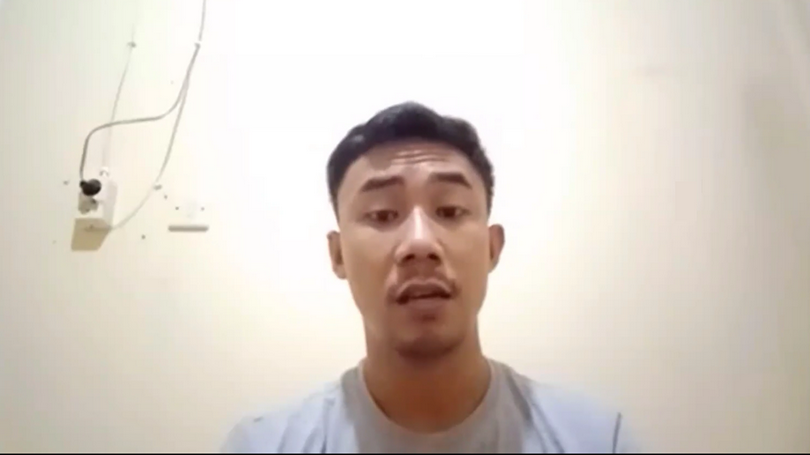On June 13, Mr. Risno Tampilang, a researcher from the State Christian Religion Institute of Manado, delivered a speech at the Asian Practical Theology International Conference 2025, held under the theme "Intersection of Trauma and Practical Theology in Asia."
His presentation, titled "Collective Trauma, Volcanic Eruption, and Revelation 3:7-13: Practical Theology in Southeast Asia," proposed an innovative dual hermeneutical approach that combines Salim hermeneutics with collective trauma theory to reinterpret the biblical text concerning the Church of Philadelphia.
Tampilang framed his research around Southeast Asia's location in the Pacific Ring of Fire, where frequent volcanic activity has produced profound collective trauma affecting community psychology, social structures, and spiritual cognition. He argued that these traumatic experiences share structural similarities with the challenges faced by the Philadelphia church in Revelation.
Methodologically, the study employs an interdisciplinary approach integrating volcanological data analysis, theological interpretation, and psychosocial theory. Tampilang examined geological activity records from Southeast Asia's volcanic belt to identify collective trauma patterns, then engaged those findings with the Philadelphia church passage.
Tampilang emphasized that the Church in Philadelphia endured more than religious tensions between monotheism and paganism and also faced pressure from entrenched class divisions and Roman colonial systems. Roman imperial rule introduced rigid hierarchies that penetrated religious communities, generating internal divisions based on economic status, citizenship rights, and cultural assimilation levels.
In his presentation, Tampilang explored what he termed "the tapestry of revolution and suffering," identifying parallel relationships between faithful communities in Southeast Asia and the Philadelphia community, which was situated near an active seismic zone. Historical records show that Asia Minor experienced numerous earthquakes affecting multiple cities, with Philadelphia ranking among the most severely impacted locations. The city endured a devastating catastrophe in 17 AD that fundamentally altered its physical and social landscape. Beyond natural calamities, residents confronted systematic persecution from anti-Christian Jewish groups and experienced oppression under Roman governmental structures, creating a multi-layered traumatic environment.
In his textual analysis, Tampilang first interpreted the "pillar" metaphor in Revelation 3:12 as symbolizing trauma's transformation into steadfastness. Within a city like Philadelphia, characterized by geological instability and political uncertainty, becoming a pillar represents a profoundly counter-cultural declaration that reclaims concepts of stability and permanence. God's promise to inscribe names upon these pillars grants lasting identity and dignity to the community, affirming both their geographical place and their spiritual endurance.
Secondly, regarding the "open door" mentioned in Revelation 3:8, Tampilang noted that from a historical perspective, Philadelphia's city gates frequently required closure due to seismic tremors and external attacks, making the city a place of restricted access and defensive isolation. However, from a theological standpoint, this perpetually open door that "no one can shut" reflects divine accessibility and accompaniment. In contexts where disasters typically lead to exclusion and abandonment, the open door becomes a vision of radical inclusion, promising divine presence that transcends physical barriers and social marginalization.
Thirdly, Tampilang's analysis of the "hour of trial" referenced in Revelation 3:10 positions this phrase as describing a cosmic test encompassing both immediate disasters and systemic persecution. Traumatic experiences are layered and cumulative, with imperial violence intersecting with natural disasters across generations. God's promise, Tampilang argued, does not offer escape from suffering but guarantees divine presence within it, echoing the post-eruption aftershock fears experienced across Southeast Asia.
The study proposes that trauma-informed ministry must live alongside, accompany, and empower survivors. The church, he said, must embody a theology of the cross that is present within wounds, offering open doors and new names. Tampilang concluded that the theology of place in Southeast Asia serves to enliven relationships between people, land, and memory, demonstrating that disaster represents an opportunity for renewal rather than an endpoint.












